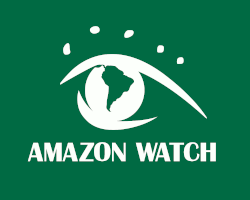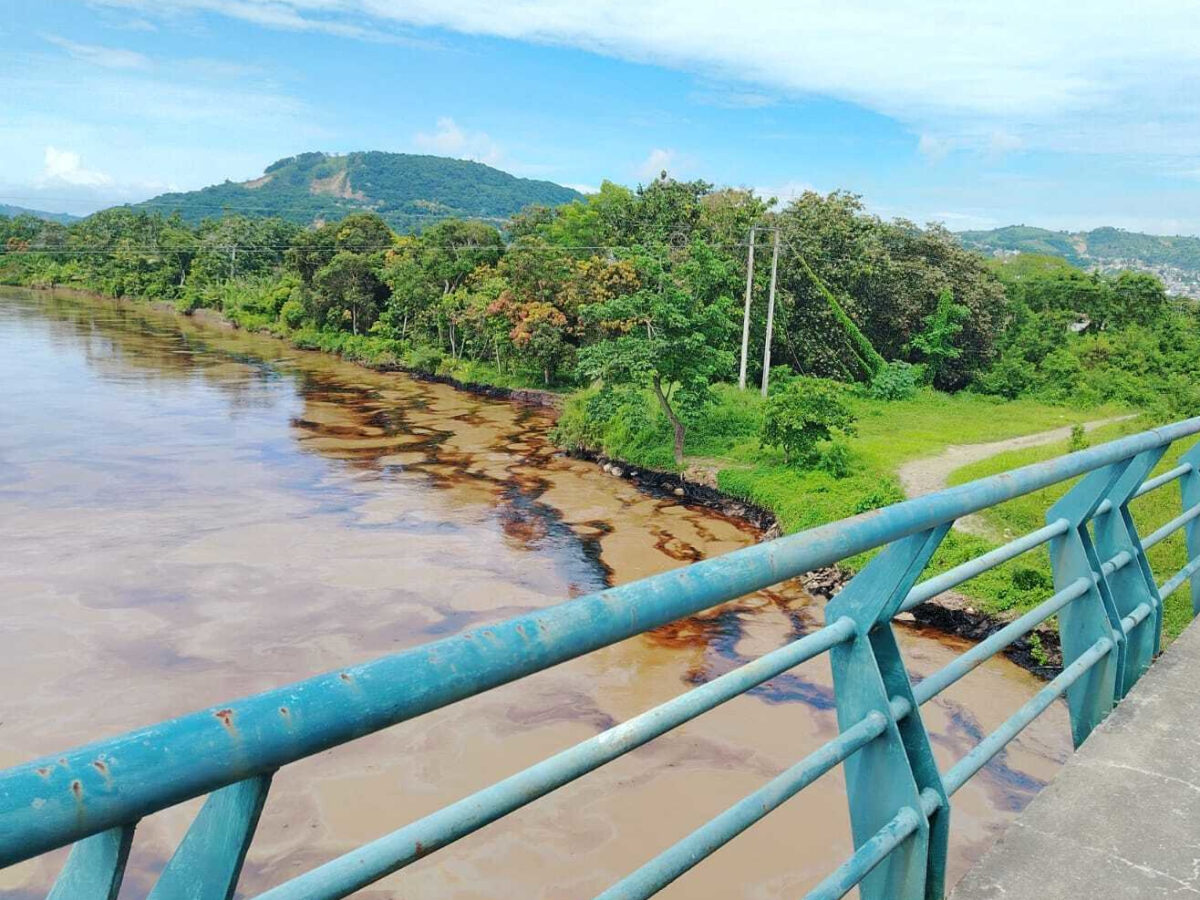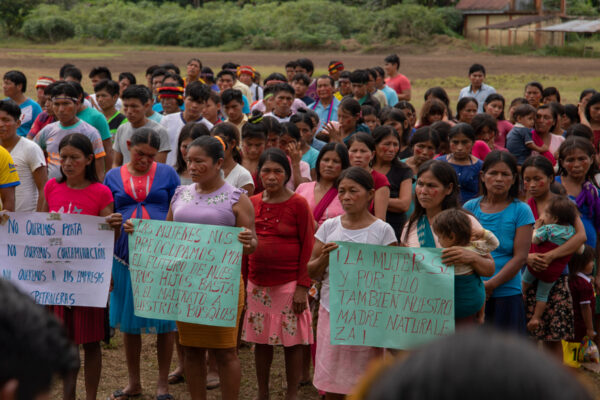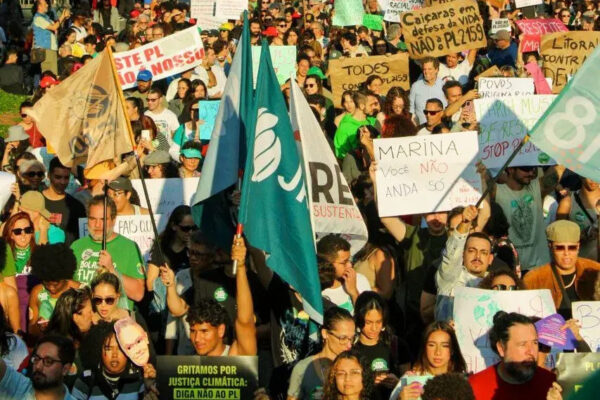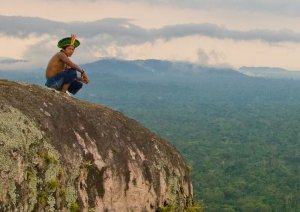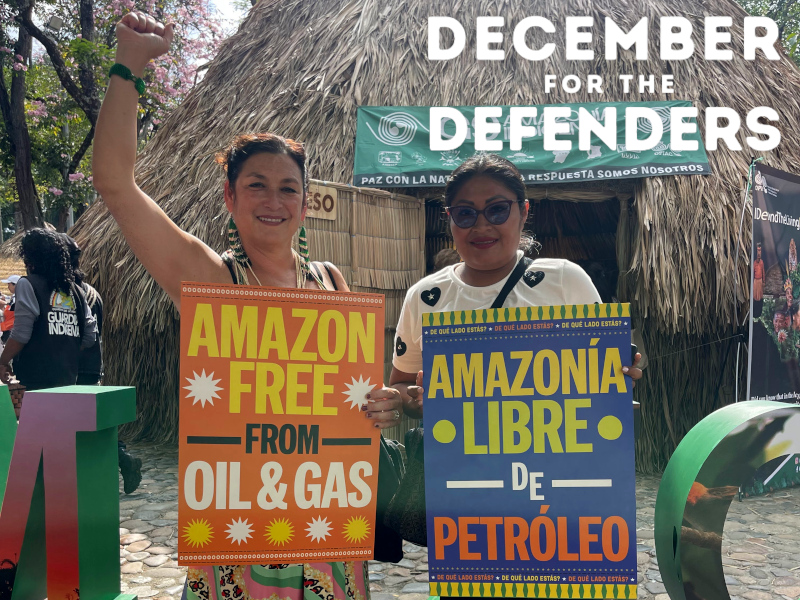Coastal communities in Ecuador are still reeling from a devastating oil spill on March 13, which dumped over 25,000 barrels of crude oil into rivers and protected areas in the northwestern province of Esmeraldas. The spill blackened rivers, streams, and estuaries, carrying toxic crude 86 kilometers to the Pacific Ocean. It contaminated drinking water, damaged public health, devastated food sovereignty, and disrupted the economies of half a million people. Crude oil also coated the mangroves and wildlife of a protected area where the Esmeraldas River meets the sea.
Witnesses and local officials described a “geyser” of oil gushing for up to seven hours. The mayor of Esmeraldas declared the spill a national emergency without precedent.
President Daniel Noboa, who faces a tight run-off election on April 13, has sought to downplay the crisis. His environment minister originally minimized the spill, first claiming that only 3,600 barrels had been released, and then delaying the release of official figures for over a week. Then, on March 25, a reservoir storing contaminated water breached, worsening pollution and complicating cleanup efforts.
On April 7, residents of Quinde and nearby communities took to the streets to protest the government’s slow and inadequate response. They continue to face a lack of basic emergency services such as potable water, food, and financial compensation. Fishing and tourism – pillars of the local economy – remain paralyzed nearly a month after the spill.
Despite traveling to Esmeraldas for a campaign event, Noboa refused to visit affected areas or meet with impacted communities. Meanwhile, government officials failed to appear before Congress to explain what mitigation efforts, if any, they had adopted.
The Esmeraldas spill marks Ecuador’s worst oil disaster in over 30 years – a grim distinction in a country already infamous for some of the most egregious oil-related contamination on the planet. This Earth Month, the devastation in Esmeraldas is a painful reminder of how far we are from honoring our collective responsibility to protect the planet and its peoples. In 1972, Texaco constructed the Trans-Ecuadorian pipeline system (SOTE), hailing it as a modern engineering feat. The 497-kilometer pipeline stretches from the Amazon, climbs 12,000 feet over the Andes, and descends to an export terminal on the Pacific coast.
However, Texaco chose the cheapest and most direct route, laying the pipeline with minimal shutoff valves and placing much of it above ground. This decision created a system prone to rupture and difficult to manage. The pipeline crosses 94 fault lines, six active volcanoes, and a wide array of rivers, tropical rainforests, and cloud forests.
Since 1989, Petroecuador has operated the deteriorating infrastructure, which also includes a second heavy crude pipeline and thousands of miles of flow lines that crisscross Indigenous territories, rivers, towns, and campesino communities. Chronic negligence, corruption, and an absence of disaster preparedness have caused thousands of oil spills across the country.
The situation grows more alarming every year. Government records show 1,119 officially reported spills between 2005 and 2015. In 2016 alone, 248 spills occurred. By 2020, the country averaged two spills per week, and by 2022, Petroecuador reported up to 11 spills weekly. Authorities have failed to properly clean up many of these disasters or compensate affected communities, leaving long-term health and economic impacts unaddressed.
The Esmeraldas spill underscores a grim future for communities living along Ecuador’s aging and overstressed pipeline corridors, which already operate below capacity. Despite this, both the Noboa administration and opposition candidate Luisa Gonzales plan to launch a new oil auction targeting remote Amazonian blocks. This auction would open 4.5 million acres of rainforest to drilling, increasing the flow of crude through the country’s already failing infrastructure. Much of this oil ends up in California.
We stand in solidarity with the coastal communities of Esmeraldas and Amazonian communities who are opposing government plans for new Amazon oil extraction. Amazon Watch’s End Amazon Crude campaign is working to prevent future drilling and oil spills in the Ecuadorian Amazon by stopping extraction at its source and holding the Ecuadorian government accountable.
In the coming weeks, Amazon Watch will take a delegation of Indigenous leaders to California – the largest importer of Ecuadorian crude – for a series of high-level meetings and public actions as part of the campaign against Ecuador’s forthcoming oil round. If successful, this effort could leave an estimated 800 million barrels of oil in the ground, protecting Indigenous territories, biodiversity, and the global climate.
